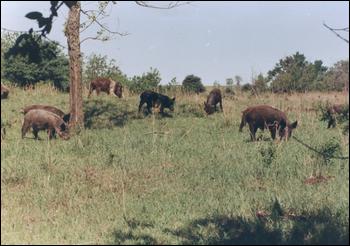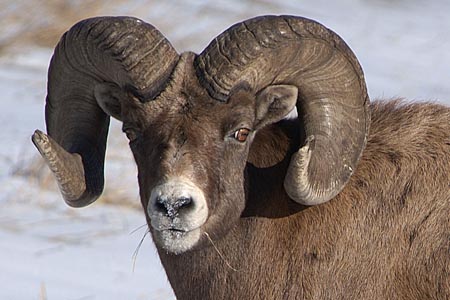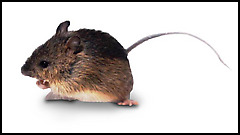
Feral hogs should be controlled by shooting and live trapping whenever possible. The greatest success usually occurs during the winter when feral hogs are forced to travel more to find food. In addition to rooting up pastures, feral hogs compete directly with white-tailed deer, turkey and most other wildlife species that rely heavily on acorns and other hard and soft mast for winter food. Continue reading Controlling Feral Hogs – Always an Issue


